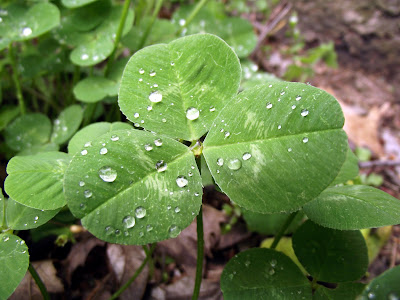Trifolium repens,L, white clover, is a perennial legume that originated in Europe and has become one of the most widely distributed legumes in the world. It has a prostrate, stoloniferous growth habit. The leaves are composed of three leaflets, which may or may not have a “crescent” or “water mark” on the upper surface. Leaves and roots develop along the stolon at the nodes.
The flower heads, each consisting of 40 to 100 florets, are borne on long stalks from the leaf axils. Florets are white but may have a pink hue.
White clover thrives best in a cool, moist climate in soils with ample lime, phosphate, and potash. In general, white clover is best adapted to clay and silt soils in humid and irrigated areas. It grows successfully on sandy soils with a high water table or irrigated droughty soils when adequately fertilized. White clover seldom roots deeper than 2 feet, which makes it adapted to shallow soils when adequate moisture is available.
White clover is distributed throughout the United States.
The standard seeding rate is two pounds per acre. For pasture establishment, seeds are drilled into a well-prepared seedbed that has been plowed, harrowed, and compacted to produce a firm seedbed.
I Supportstorm , the copyright holder of this work, release this work into the public domain. This applies worldwide. In some countries this may not be legally possible; if so: I Supportstorm grant anyone the right to use this work for any purpose, without any conditions, unless such conditions are required by law.
TEXT CREDIT: USDA PLANTS Most information presented on the USDA Web site is considered public domain information. Public domain information may be freely distributed or copied, but use of appropriate byline/photo/image credits is requested. Attribution may be cited as follows: "U. S. Department of Agriculture."
















No comments:
Post a Comment